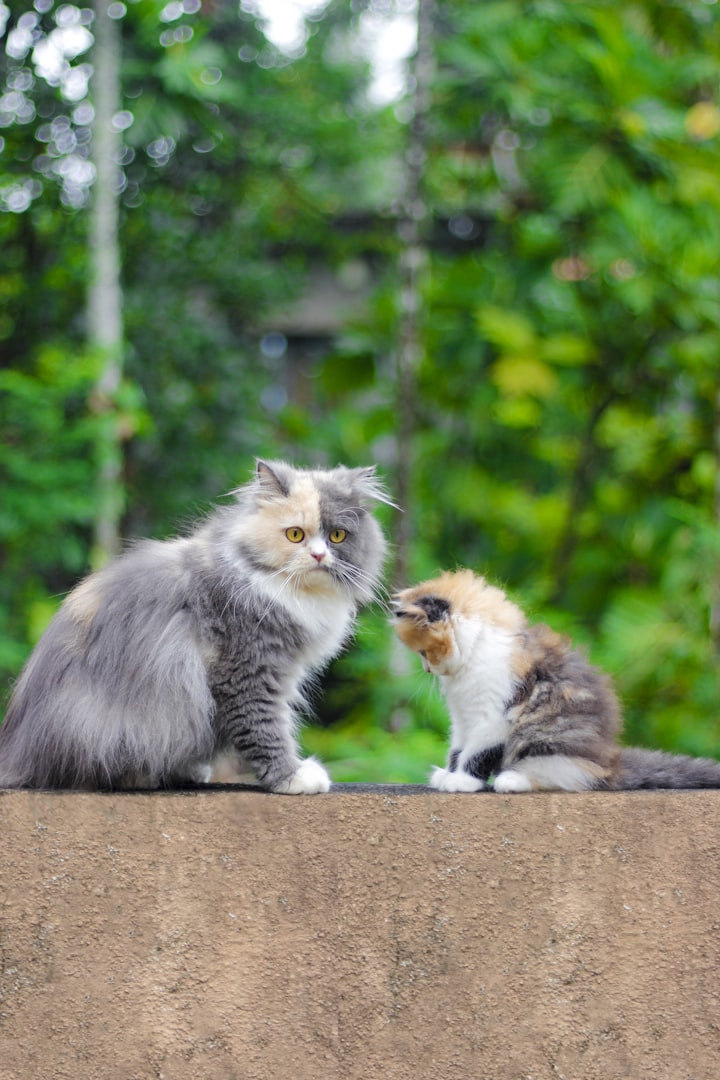
Do you have a vegetable garden as well? Many individuals are looking for unusual but lovely plants to decorate their homes. Plants have the ability to transform a drab setting into a vibrant one. Some plants, however, may pose a hazard to the lives of animals, particularly canines. So, if you own a pet, particularly a dog, this is the one for you. We included a variety of plants that, if ingested, could endanger the health or the life of dogs. If at all possible, memorize their names or even their appearance.
1. Aloe Vera

Aloe Vera is a wonderful plant that has numerous health benefits for us, particularly for our skin. Dogs, on the other hand, do not have this luxury. Although aloe vera's gel compounds are not harmful to dogs if eaten, certain of the plant's sections are harmful to your dog's digestive system.
2. Hedera Helix

This plant's scientific name may be unfamiliar to you, but it is also known as the Ivy. It may appear to be less deadly than Poison Ivy, however this is not the case. Behind its lovely beauty is a danger that, if consumed, could cause rashes and breathing problems. Coma and paralysis are the worst-case scenarios for dogs.
3. Mauna Loa

Mauna Loa, popularly known as the Peace Lily, belongs to a large family of Lilies. Although not every member of this family is harmful, some, like this Mauna Loa, are not suitable for dogs. When consumed by dogs, it can irritate their tongues and lips, making swallowing difficult. Additionally, they may display indicators of vomiting.
4. Baby Jade

Japanese or Chinese Rubber Plant, Jade Tree, Dwarf Rubber Plant, and Friendship Tree are some of the names given to this plant. Despite its name, this is undoubtedly not dog-friendly due to the potential for injury if consumed. It is still unknown which portion of this plant is toxic to animals. Ataxia or incoordination, vomiting, a slow heart rate, and depression are some of the side effects. To avoid this from happening, keep it away from your pets.
5. Via Sori (Caladium)

Elephant Ear is the common name for this colorful plant. It is also known by various other names, including Cape or Ape, Malanga or Pai. When your pet comes into contact with this plant, they may have increased drooling or salivation, difficulty swallowing, and oral difficulties. The reason for this is that this plant species contains compounds that are similar to those found in the Dieffenbachia plant (another plant that is toxic to your pets).
6. Silk Photos or satin (Epipremnum aureum)

Devil's Ivy is another common name for this plant. This plant species, which is related to Philodendron, is quite dangerous and truly lives up to its name of "devil," since it can inflict pain not only to your dog but also to your cat. The mouth and tongue of your pet may become irritated as a result of this. Any interaction with this plant might cause difficulties swallowing, increased salivation, and vomiting in your pet.
7. Exotica

Dumb Cane and Tropic Snow are two other names for Exotica. Dieffenbachia is the scientific name for this plant. This plant is not only dangerous to dogs, but also to cats. Toxins in the plant may cause swelling or burning of the tongue and mouth, trouble breathing, increased salivation, and vomiting. Furthermore, the sick pet may endure trouble swallowing, which, if not treated promptly, could result in death.
8. Sago Palm (Cycas Revoluta)

Any component of the Sago Palm, including the seeds, leaves, and even the roots, might harm your dog. This plant is poisonous in its whole. Consuming any portion of this alien plant can result in nausea, diarrhea, and, in the worst-case scenario, liver failure.
9. Sowbread (Cyclamen)

This plant appears to be safe because it can brighten up any room, but don't be fooled by its appearance; it is toxic to both cats and dogs. If your pets swallowed Sowbread, they may develop seizures, irregular heartbeat, diarrhea, and increased drooling/salivation.
10. Emerald Feather

Emerald Feather, also known as Asparagus Fern, Emerald Fern, Lace Fern, Plumosa Fern, and Sprengeri Fern, is toxic to both dogs and cats. Sapogenin, a toxin found in the berries of this plant, can induce skin inflammation, gastrointestinal pain, diarrhea, and vomiting if ingested.
There are numerous plants that can be used to enrich or adorn your home without endangering the health of your pets. Ponytail Palm, Bamboo, Hens and Chicks, Blue Echeveria, and Burro's Tail are the plants in question.
Thanks for reading.






Comments
There are no comments for this story
Be the first to respond and start the conversation.